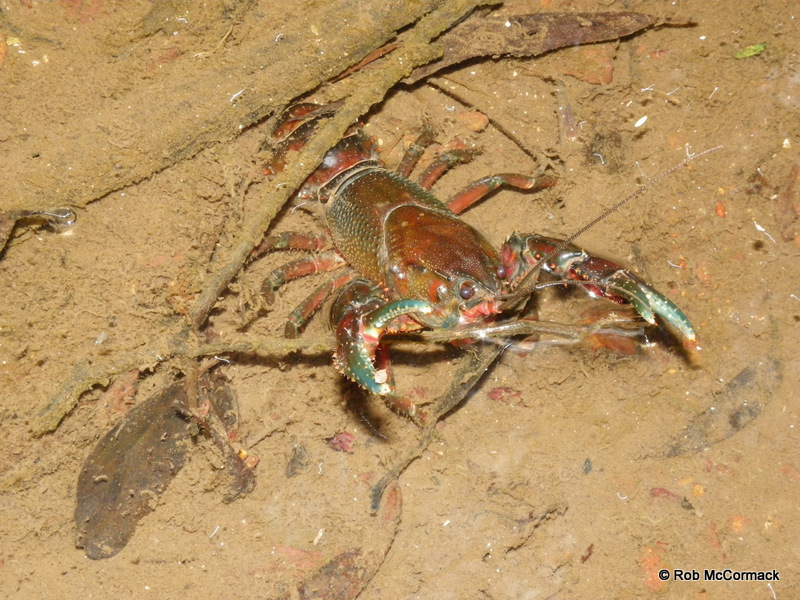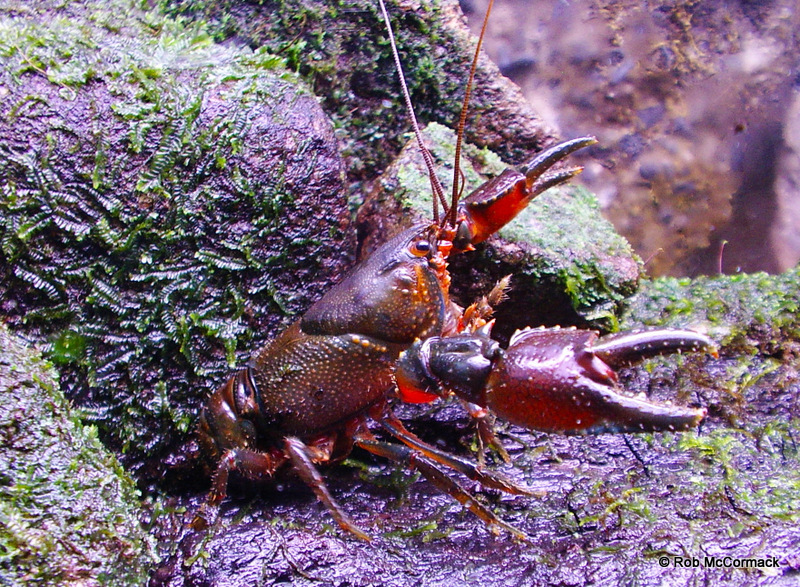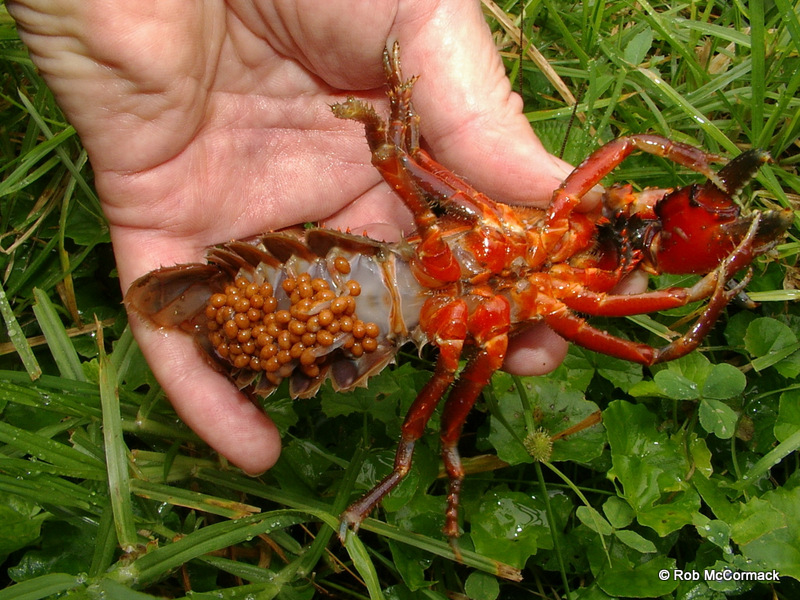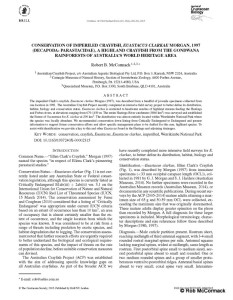
Between 2005 and 2012 the Australian Crayfish Project (ACP) has been researching an IUCN listed Critically Endangered species Euastacus clarkae. Then in 2013 the ACP received a Mohamed bin Zayed Species Conservation Fund (MBZSCF) grant (Project 12054688) and I am extremely grateful for their generous support. The MBZSCF is a significant philanthropic endowment established to provide targeted grants to individual species conservation initiatives, recognize leaders in the field of species conservation and elevate the importance of species in the broader conservation debate (http://www.speciesconservation.org/). With their valuable support and the support of NSW National Parks and Wildlife Service we were able to complete this massive project.

The entire Hastings River catchment some 3846 km2 was surveyed and established the Extent of Occurrence for E. clarkae at only 200 km2. This project not only supplied critical information on E. clarkae but documented the distribution of all Parastacidae species occurring in the catchment. The research on the rest of the catchment is ongoing but so far in proposed follow up scientific manuscripts we will remove one Euastacus species currently listed as occurring in the Hastings Drainage and add 2 new Euastacus species never previously recorded – stay tuned.

The E. clarkae paper was published in the prestigious Journal of Crustacean Biology (JCB). The Journal of Crustacean Biology is the official journal of The Crustacean Society for the publication of research on any aspect of the biology of Crustacea & other marine arthropods. It is a peer-reviewed, scientific journal containing papers of broad interest on crustacean biology and other marine arthropods, biographies of renowned carcinologists, book reviews of works on Crustacea, and pertinent announcements. As a member of The Crustacean Society I would recommend that you all join us as members if you are interested in Crustacea. The mission of the Crustacean Society is to advance the study of all aspects of the biology of the Crustacea by promoting the exchange and dissemination of information throughout the world. http://www.thecrustaceansociety.org/
A B S T R A C T
The imperiled Clark’s crayfish, Euastacus clarkae Morgan (1997), was described from a handful of juvenile specimens collected from one location in 1981. The Australian Crayfish Project recently completed an intensive field survey project to better define its distribution, habitat, biology and conservation status. Euastacus clarkae is restricted to headwater reaches of highland streams feeding the Hastings and Forbes rivers, at elevations ranging from 670-1150 m. The entire Hastings River catchment (3846 km2) was surveyed and established the Extent of Occurrence for E. clarkae at 200 km2. The distribution was almost entirely located within Werrikimbe National Park where the species was locally abundant. We recommended conservation down listing from Critically Endangered to Endangered and present information to support future conservation efforts and allow specific management plans to be drafted for this rare, highland species. To assist with identification we provide a key to this and other Euastacus found in the Hastings and adjoining drainages.
McCormack, R.B. (2015). Conservation of imperiled crayfish, Euastacus clarkae Morgan, 1997 (Decapoda: Parastacidae), a highland crayfish from the Gondwana Rainforests of Australia’s World Heritage Area. Journal of Crustacean Biology, Volume 35, Issue 2, pp 282 – 291. DOI: 10.1163/1937240X-00002315

